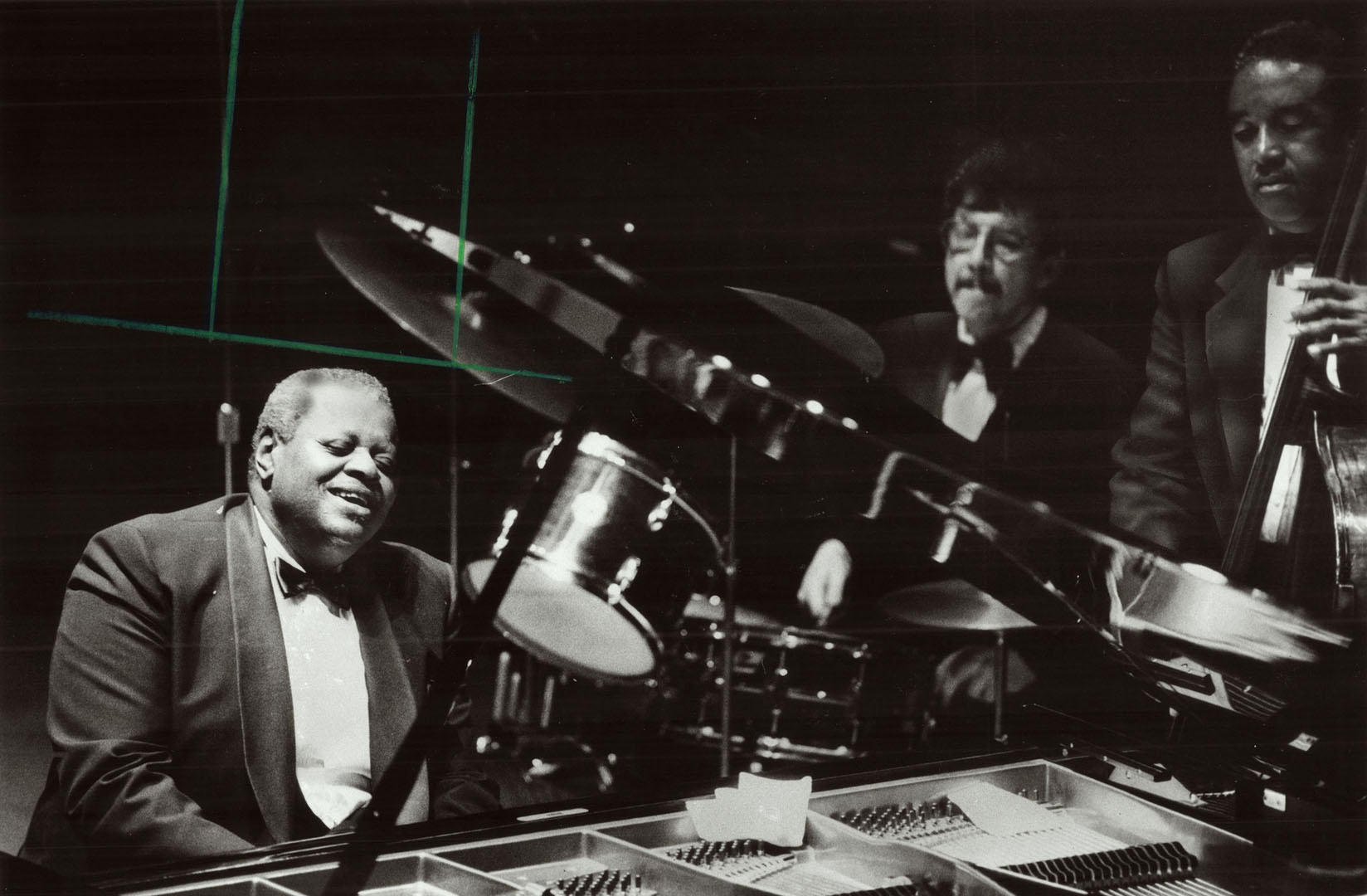Where has all the music gone?
Not very long ago – hardly more than 60 years – Yorkville was a cultural petri dish. The area was filled with cheap cafes, dingy bars and underground clubs. It attracted major Canadian icons, like Gordon Lightfoot, Joni Mitchell, and Margaret Atwood. It was soon a mecca for cutting edge music from jazz, to funk, to blues to rock.
But in the late 70s, high rent forced the cheap cafes out and attracted expensive condos and shopping malls in their place. Today, Yorkville is a haven for the wealthy. Grey cement walls and reflective glass panels have plastered over what was once dubbed “hippie town.”
So where has all the music gone? In the first month of 2017, two of Toronto’ s iconic music bars shut their doors: The Central closed to make room for a new set of condos, and Hugh’ s Room closed because of high rent costs. In spite of these closures, Toronto’ s music scene is bustling. Our musical tradition, with roots as far back as the city’ s founding, continues to grow.
Take, for instance, our jazz clubs. The Rex, open since the late 80s, has attracted some of the biggest names in modern jazz and hip-hop, including legends like Wynton Marsalis, Randy Brecker and Chris Potter. With over 19 performances a week, including U of T student ensembles, the bar continues to host great musical talent. It’ s one of many clubs whose casual atmosphere and cheap cover keeps Toronto’ s music culture alive.
Moreover, Toronto-based musicians associate with some of the industry’ s biggest names. Trumpeter Brownman Ali is “Canada’ s preeminent trumpet player,” according to the Village Voice. Toronto hip-hop group BadBadNotGood tours internationally, and has worked with groups like the Wu-Tang Clan and Odd Future. And, of course, there’ s Drake.
Recognition and venues aside, it would be absurd to say that our music scene is doing just as well as it was 60 years ago. High rent, economic stratification and the internet have all made it increasingly difficult to be a successful musician today. The closing of The Central and Hugh’ s Room are the proverbial tip of the iceberg. But even in spite of these hardships, local music persists.
It should be noted that, in some ways, the most cutting-edge music has always been connected to inequality. That is, musical innovation has historically been a response to social, economic, or political barriers. Jazz and blues came from slave spirituals. Folk music reflected the civil rights movement. Hip-hop, in some ways, evolved from economic hardship in the Bronx. This is not to say that good music requires inequality, but that inequality is sometimes responded to with musical innovation.
I think there’ s a tendency to imagine the great music of the past reverentially in a way that disregards the great music of today. It’ s easy to applaud the music of Oscar Peterson and Glenn Gould, because they’ ve said their piece and their accomplishments have been recorded. But what’ s important to remember is that some musicians are saying their piece today. Take a walk down Queen West on a Friday night and you’ ll see what I mean.
Image curtesy of The Toronto Public Library.
